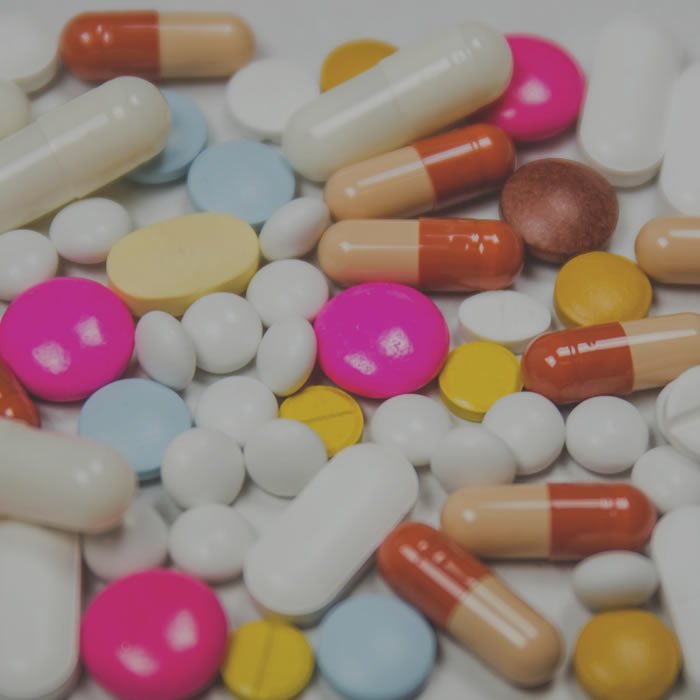When most people think of flavouring, they assume that you add the flavour in question – done! Strawberry flavoured? Add strawberry flavouring, right? Making medicines taste better, however, requires a whole lot more and this is where the ‘art’ comes in.
Many medicines are incredibly bitter at worst and just plain nasty at best and have an unpleasant taste that can hang around for ages. For parents this can be a real challenge when trying to ensure the entire dose and course of a child’s medicine is completed.
The potency of the medicine may be affected by changes in the pH which flavouring can cause, and whether the flavouring is an oil or water-based can also be very important to the efficacy and shelf life of the medicine.
Sweetening agents can be natural or artificial and act on different parts of the tongue to work quickly or more slowly. Judicious use of these, some being hundreds of times more sweet than regular sugar, can dramatically improve palatability. Salt too, rather unexpectedly, can improve the bitterness of a medicine.
Some flavours have bonus powers too, such as peppermint and citric acid increasing saliva production, marshmallow and vanilla disguising aftertaste. Cinnamon and cloves can have a numbing effect in the mouth.

A good compounding pharmacist will use the texture of a mixture, whether the drug is dissolved or suspended, carbonation, and even the temperature of the medicine to get the best palatability possible.
Sometimes, even with all the tricks at our disposal, the medicine might still be pretty challenging to take and maybe changing the way the medicine is taken is the best option. Applying through the skin, encapsulated, a suppository…. There is always a way compounding can help get the best from your medicine.

